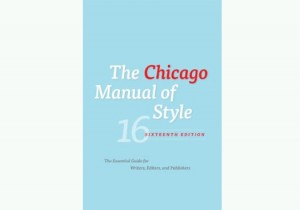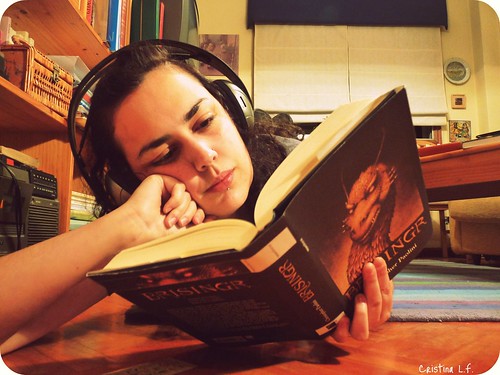Here are the winners of the EU Prize for Literature announced at Frankfurt Book Fair, 2010:
Belgium: Peter Terrin, De Bewaker (The Guard)
Cyprus: Myrto Azina Chronides, To Peirama (The Experiment)
Denmark: Adda Djørup, Den mindste modstand (The least resistance)
Estonia: Tiit Aleksejev, Palveränd (The Pilgrimage)
Finland: Riku Korhonen , Lääkäriromaani (Doctor Novel)
Germany: Iris Hanika, Das Eigentliche (The Bottom Line)
Luxembourg: Jean Back, Amateur
Romania: Răzvan Rădulescu, Teodosie cel Mic (Theodosius the Small)
Slovenia: Nataša Kramberger, Nebesa v robidah: roman v zgodbah (Heaven in a blackberry bush: novel in stories)
Spain: Raquel MartÃnez-Gómez, Sombras de unicornio (Shadows of the unicorn)
Former Yugoslav Republic of Macedonia: Goce Smilevski, СеÑтрата на Зигмунд Фројд (Sigmund Freud’s sister)
The [EU Prize for Literature], supported through the EU Culture programme, aims to draw attention to new talents and to promote the publication of their books in different countries, as well as celebrating European cultural diversity.
So, please help yourself to some European literature.
(via)


